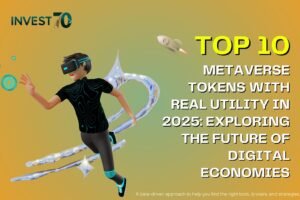Web3 Social Media Is Coming—But Will It Actually Change Anything?
Web3 Social Media: A Technical Deep Dive
Web3 social media is often discussed in visionary terms—ownership, decentralization, user empowerment. But behind the buzzwords is a growing stack of technical innovations. Here’s a breakdown of what actually powers this next-gen social layer, and where it stands today.
1. Decentralized Identity & Wallet-Based Logins in Web3 Social Media
Web2: Users log in with centralized credentials (Google, email, phone number), giving platforms full control over identity and access.
Web3: Identity is wallet-based. Users authenticate using crypto wallets like MetaMask, Rainbow, or WalletConnect.
- Tech stack: Ethereum (EVM), Sign-In with Ethereum (SIWE), ENS (Ethereum Name Service)
- Pros: Ownership of identity, no reliance on platform servers
- Cons: UX friction, wallet security concerns, high learning curve
Reality Check: Wallet-based logins work well for crypto-native users but remain a barrier for mainstream adoption.


2. Content Portability via Protocols
Instead of content being tied to a single platform, Web3 uses interoperable protocols to make data portable across apps.
- Example protocols:
- Lens Protocol (Polygon): Content, follows, and reactions are stored on-chain or IPFS and referenced by NFTs
- Farcaster: A hybrid model using on-chain identity and off-chain storage for scalability
Benefit: Users retain control of their profiles, content, and connections—even if they switch apps.
Challenge: Interoperability standards are still evolving. Not all platforms handle portability the same way.
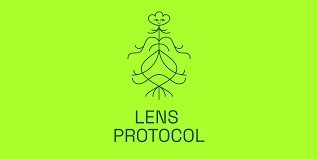
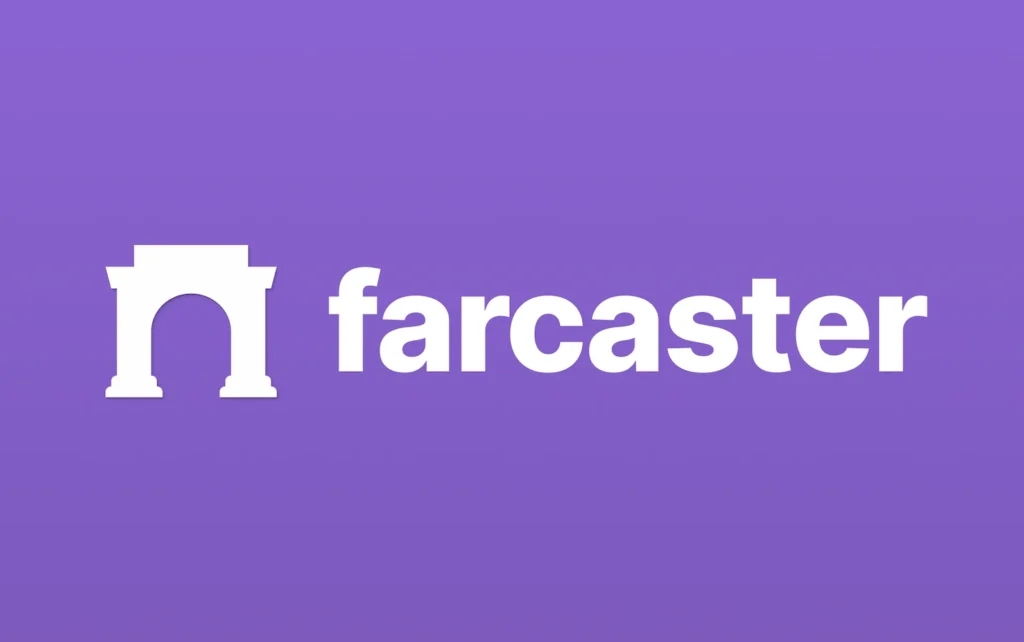
3. Tokenized Engagement Models in Web3 Social Media
Web3 platforms introduce native tokens and NFTs to incentivize participation:
- Use cases:
- Creators earn tokens for posts or engagement
- Followers receive NFTs as loyalty badges
- Communities run DAOs to fund and moderate platforms
Underlying tools:
- ERC-20 (fungible tokens)
- ERC-721 / ERC-1155 (NFTs)
- Smart contracts (Solidity)
Limitations:
- Many tokens lack real value or utility
- Regulatory uncertainty around crypto rewards
- Susceptibility to spam or engagement farming
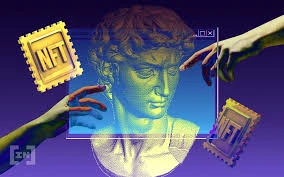
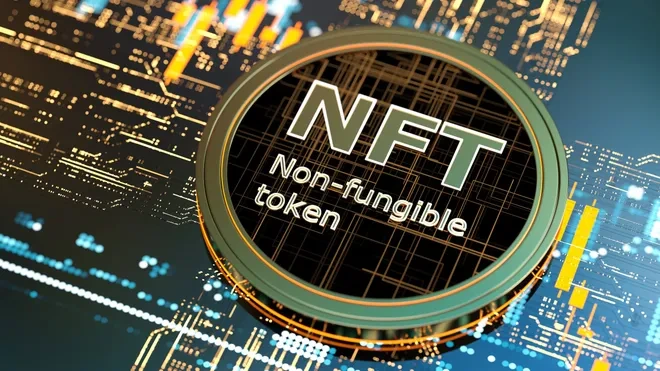
4. Content Discovery and Algorithm Design
Web2 platforms rely on proprietary algorithms for curation. In Web3, recommendation engines are mostly underdeveloped or offloaded to third-party services.
- Current tools: GraphQL APIs (e.g., LensHub), open social graphs
- Experimental models: Reputation-based filtering, token-curated registries
- Issues:
- Poor discovery = low engagement
- No standard ranking system = fragmentation
Bottom line: Discovery remains one of Web3 social’s weakest technical links.
5. Moderation in a Decentralized World
Without centralized control, moderation becomes… tricky.
- Models being explored:
- Community curation (e.g., DAOs vote on content)
- Smart contract-based filters
- Off-chain content moderation layers with transparency logs
Challenge: Balancing free expression with safety and legality.
Warning: Without clear moderation structures, platforms risk becoming either chaotic or unusable.

6. Privacy, Data Sovereignty & Monetization
Web3 flips the ad-driven Web2 model by putting data back in users’ hands.
- How it works:
- No centralized data collection
- Users may choose to sell access to their activity (e.g., via data unions)
- Platforms experiment with zero-knowledge proofs and encrypted messaging (e.g., XMTP)
Key protocols: Ceramic, Lit Protocol, Privy, and IPFS/Filecoin for decentralized storage
Ad models under experimentation:
- Opt-in data sharing
- Creator tipping
- Token gating for premium content
Reality: Privacy is better in principle, but execution is uneven and can be technically opaque to non-experts.
7. Adoption Barriers
- Wallet fatigue: Onboarding friction is high
- Clunky UX: Many dApps feel like MVPs
- Lack of killer app: No Web3 social platform has cracked mass engagement yet
- Security concerns: Phishing, wallet draining, and key loss are real risks
Conclusion: Promising Architecture, Incomplete Product
Web3 social media introduces major innovations in identity, data ownership, and creator economics. Technically, it lays a powerful foundation for a more user-controlled internet.
But significant engineering, design, and governance hurdles remain. Until issues like discoverability, onboarding, and moderation are solved, Web3 social will likely remain a space for developers, creators, and crypto enthusiasts—not the everyday TikTok scroller.
Still, as infrastructure matures, the potential is real. Think of Web3 social today not as the finished product—but as the early scaffolding of what may eventually redefine how we connect online.
Relevant Link : Here




